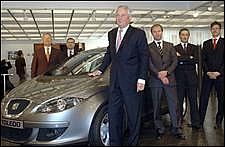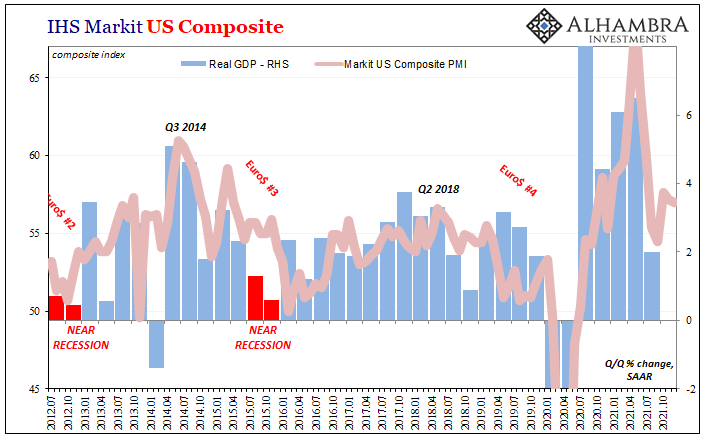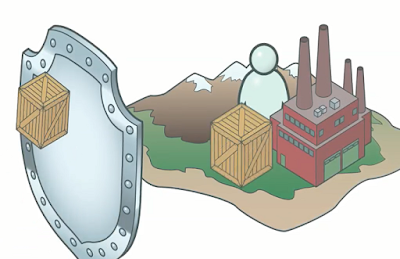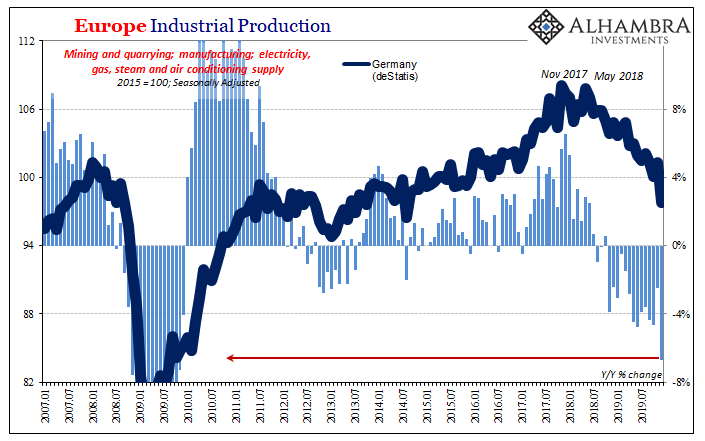Extracts from Think Spain. October 2005.
Foreign companies who manufacture cars in Spain are facing a fresh crisis. In addition to the problems of VW subsidiary Seat, various others are being forced to take decisions about the renewal of a number of different models which are reaching the end of their life-cycles. While Spain faces the possibility of losing several key production contracts, Japanese and Korean competitors continue to grow market share in markets where 80% of Spanish exports are sold. Manufacturers claim the solution lies in improved productivity and lower wages, the Industry minister and trade unions believe the solution lies in the introduction of value-added luxury models and the transfer of R&D activities.
Alarm bells concerning production quota cuts began to sound two years ago with the incorporation into the European Union of eastern European countries. It is a serious threat for a sector which, since the 1960s, has competed on the basis of lower employment costs than their western European competitors.
As things stand, Spain is seventh biggest car producer in the world, third in Europe, and the fourth biggest exporter of family cars behind Japan, Germany and France. According to the National Association of Automobile and Lorry Manufacturers (Anfac), the sector contributes 5.8% of Spain’s total GDP, not including the 3.6% contribution of the complementary component sector. At the end of last year, the sector employed a total of 72,453 workers, with a further 252,550 employed in the component sector.
However, over the first eight months of this year, total production is down 8.69% (-200,000 units), and production of family cars is down 12.42%. To find the cause of this decline, it is necessary to consider declines in demand in the sector’s main export markets; Germany, France, UK and Italy. In addition, a number of models currently made in Spain -Opel, Meriva, Ford Ka, Mazda 2…- are reaching the end of their life cycles, and Seat (2nd photo-centre; company president, Dr Andreas Schleef) is in serious trouble. There have been rumours that the company will be acquired by a Chinese consortium and a report published recently by PricewaterhouseCoopers describes Seat as a brand “with problems and an uncertain future.” By specialising in sporty models in direct competition with Audi, they are limiting the sales potential of installations capable of turning out half a million cars a year.
 Moreover, the decline in demand in these markets does not directly correspond to the fall in Spanish exports. A fall in sales for ageing models is normally compensated by their replacement with newer designs, but this is not happening. According to Anfac president, Juan Antonio Fernández de Sevilla, the main problem lies in the fact that “there are other countries making the same ranges, but they are doing so more competitively.” The main threat is from lower cost Japanese, Korean or eastern European manufacturers. Mr Fernández de Sevilla believes that the key question is whether “it is worth continuing to manufacture cars in Spain now that the competitive advantage provided by lower wage costs, has been lost.”
Moreover, the decline in demand in these markets does not directly correspond to the fall in Spanish exports. A fall in sales for ageing models is normally compensated by their replacement with newer designs, but this is not happening. According to Anfac president, Juan Antonio Fernández de Sevilla, the main problem lies in the fact that “there are other countries making the same ranges, but they are doing so more competitively.” The main threat is from lower cost Japanese, Korean or eastern European manufacturers. Mr Fernández de Sevilla believes that the key question is whether “it is worth continuing to manufacture cars in Spain now that the competitive advantage provided by lower wage costs, has been lost.”
For the time being, the sector seems to be weathering the storm. Seat’s Matorell plant has managed to recover some of the production of the Ibiza it previously lost to Bratislava (Slovakia), and Renault has announced that the new Megane III will continue to be manufactured in Spain.
However, Mr Fernández de Sevilla fears that once companies begin to pull the plug on Spain, many others will follow suit. “Can Spain afford to lose 325,000 people directly employed in the sector?” wonders the Anfac president. If not, then something must be done to try and prevent this from happening. “Starting with the government, which, until now, has done absolutely nothing. Companies and trade unions have done little, but the flexibility we have shown in recent negotiations has managed to save more than one company in recent times. There has been a change in our mentality, and we have been able to stave off opposition from trade unions to accept the new conditions. But, we have already seen, that this is not enough,” continued Mr Fernández de Sevilla.
The Industry ministry itself has pointed out that there is a growing divergence with evolving demand in European markets and the type of cars currently being manufactured in Spain, which are mainly small to medium-sized family cars. The trade unions agree that a more profitable future lies in the production of bigger, luxury cars, and the importance of attracting companies to transfer R&D facilities.
Mr Fernández de Sevilla, however, believes that this approach is simplistic, “Yes, of course we would like this to happen, but what would incentivise them to transfer production of these models from their domestic markets, where they are currently based? The same argument applies to the R&D function; it would be easier to transfer this to countries such as Rumania, Brazil or, in the case of Renault, to Turkey. The only R&D that will be carried out in Spain will be that relating to products which are made here, which are our speciality.”
Ramón Górriz, who represents the view of the CCOO (Comisiones Obreras) trade union, responsibility for stimulating demand for R&D lies with “the directors of Spanish car plants, who should have a shared vested interest in ensuring the maintenance of the sector and the creation of comparative advantages based on investment, R&D, and technological development, but who have persisted in keeping wage costs down, until Paco came along with a cheaper offer.”
Mr Fernández believes that the sector will have to weather the storm for the next 10-12 years, which he sees as the time it will take for production costs to rise in those markets which are currently winning contracts from Spanish-based competitors: “Our strenghts and virtues will once again come to the fore because standards will have to improve in Rumania the Czech Republic, Poland, and in the long term, in India and China as well.”
Mr Górriz, however, insists that “Spain cannot compete on the basis of reduced labour costs, and for this reason, we reject any proposal to reduce salaries or employment conditions. We are prepared to negotiate flexibly because if we don’t deregulation will follow as an inevitable consequence. But competitive advantage based on low wage costs is over. Furthermore, the German model shows us that workers are prepared to make sacrifices, but this has not stopped them losing production, and we simply cannot afford for this to happen.” For the trade unions, the future lies in long term industrial planning, high levels of investment and the maintenance and improvement of employment conditions.
Are you the author? See more for Next postTags: Spain




































